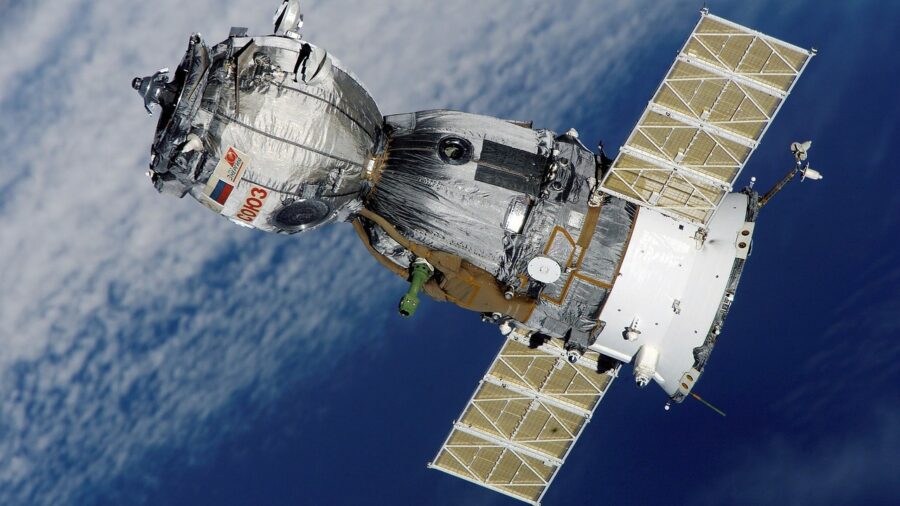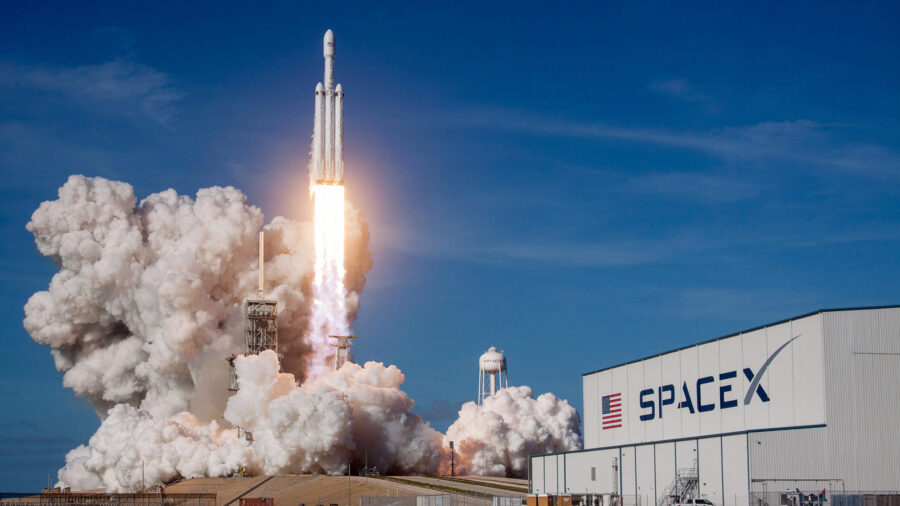SpaceX Angers Scientists By Blocking View Of The Universe

SpaceX satellites are emitting low-frequency radio waves, which could disrupt astronomical research as the waves present as luminous streaks in observations. The discovery was made by scientists using the Low-Frequency Array (LOFAR) telescope in the Netherlands to examine the electromagnetic radiation emitted by satellite constellations on a large scale.
Scientists from several international institutions used the telescope to observe 68 satellites and published their research in the journal Astronomy & Astrophysics. “Unintended electromagnetic radiation emanating from onboard electronics in SpaceX Starlink satellites was detected,” the International Astronomical Union said of the findings.
The researchers discovered that approximately 50 SpaceX Starlink satellites were emitting “unintended” radiation.
While radio astronomers had primarily concentrated on communications transmissions, the study’s authors found that they could identify radiation. The authors explained that the study focused on SpaceX satellites due to their substantial presence in orbit, exceeding 2,000 at the time of the observation.
The researchers discovered that approximately 50 SpaceX Starlink satellites were emitting “unintended” radiation, and they anticipate similar findings from satellite constellations operated by other companies. “With LOFAR, we detected radiation between 110 and 188 MHz from 47 out of the 68 satellites that were observed,” astronomer and study co-author Cees Bassa said in a press release.

According to Bassa, the frequency range in question includes a protected band from 150.05 to 153 megahertz, which has been specifically designated for radio astronomy by the International Telecommunications Union. To detect faint signals from the universe, astronomers rely on radio observatories, necessitating the placement of telescopes away from human-generated radio signals.
Typically, radio observatories are located in remote areas. However, satellites, regardless of their location, pass overhead and emit signals, potentially interfering with the observatories’ operations. But the researchers also noted that the SpaceX satellites are not violating any existing laws since no international regulations address this type of radiation.
Concerns Over SpaceX Satellites
Considering the disruption caused by SpaceX Starlink satellites, some regulations should be put in place. Follow-up simulations conducted by the researchers revealed that the impact of this radiation becomes significantly worse as the constellation size increases. This not only raises concerns about existing satellite constellations but amplifies worries about more.
These concerns are certainly well-founded. Currently, SpaceX has approximately 4,000 Starlink satellites in orbit, and it has obtained approval from the Federal Communications Commission (FCC) for a total of nearly 12,000 satellites. The company has even urged the FCC to increase the limit to 30,000. However, the regulator has hesitated to grant the request due to concerns expressed by NASA regarding potential risks to spaceflight missions.
SpaceX satellites are not violating any existing laws, however, since no international regulations address this type of radiation.
However, these figures solely represent one company. Researchers have yet to account for Amazon’s intentions to launch approximately 3,000 satellites of its own to compete with Starlink. With no imminent halt to artificial satellite constellations crowding our skies, the researchers are actively engaging with SpaceX to explore ways of mitigating the impact of its satellites on astronomy.
SpaceX’s Starlink is a satellite network developed by the private spaceflight company SpaceX to provide low-cost internet to remote areas. But there are many other uses for the revolutionary constellation, both planned and already in use. The company launched its first two Starlink test craft, named TinTinA and TinTinB, in February 2018.












